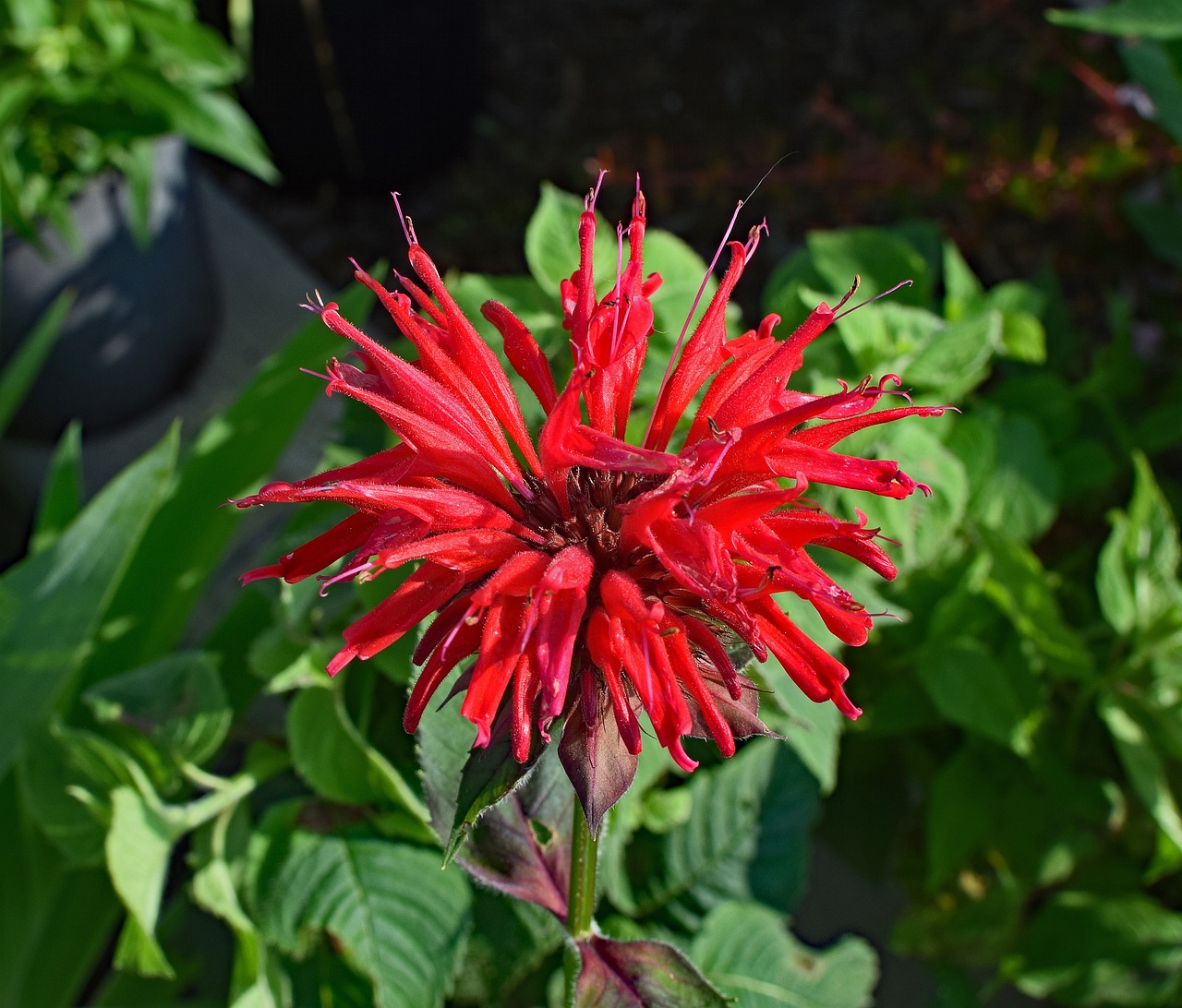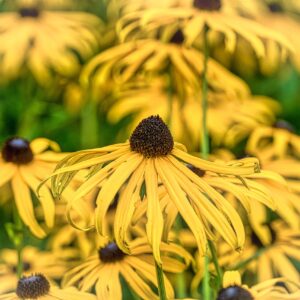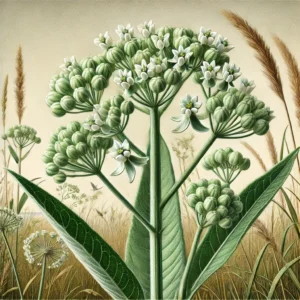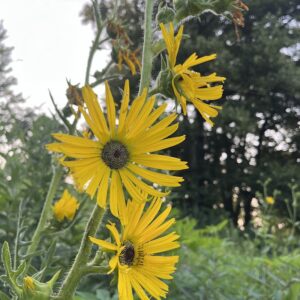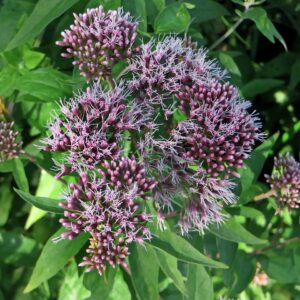Scarlet Bee Balm (Monarda didyma) – A Vibrant, Fragrant Wildflower
Scarlet Bee Balm, also known as Oswego Tea or Red Bergamot, is a showy, perennial wildflower known for its brilliant red tubular flowers and minty aromatic foliage. As a member of the mint family (Lamiaceae), it is a favorite of hummingbirds, bees, and butterflies and thrives in moist meadows, woodland edges, and gardens.
Flowers: Bright red, tubular flowers arranged in dense, rounded clusters at the top of square stems. Each flower has a distinctive two-lipped shape, with a long, narrow tube that attracts hummingbirds. Blooms from mid-to-late summer (June to August).
Height & Spread: Grows 2 to 4 feet tall with an upright, clump-forming habit. Spreads 1 to 2 feet wide, forming dense stands over time.
Leaves: Lance-shaped, dark green leaves with serrated edges. Strong minty fragrance when crushed, repelling deer and rabbits.
Stem & Growth Habit: Square, slightly hairy stems, a key characteristic of mint family plants. Spreads through underground rhizomes, forming colonies over time.
Roots: Shallow, fibrous root system, allowing for easy division and replanting.
Habitat & Range: Native to eastern North America, growing in moist meadows, riverbanks, woodland edges, and gardens. Prefers rich, well-drained soils with consistent moisture. Thrives in full sun to partial shade, though it flowers best in full sun.
Pollinators & Wildlife: A major nectar source for hummingbirds, bees, and butterflies. Also attracts honeybees, bumblebees, and moths. Deer and rabbits avoid it due to its strong fragrance.
Hummingbird Magnet: The red tubular flowers are specially adapted to attract hummingbirds, making it one of the best native plants for wildlife gardens.
Resistant to Deer & Pests: The strong minty aroma makes it unappealing to deer and rabbits, reducing the risk of browsing damage.
Growing Scarlet Bee Balm: Best for pollinator gardens, cottage gardens, and moist meadows. Thrives in full sun to partial shade, with rich, moist, well-drained soil. Spreads through rhizomes, so dividing every few years helps control growth. Highly resistant to deer and rabbits, but can be prone to powdery mildew in humid conditions—ensuring good air circulation helps prevent this.

